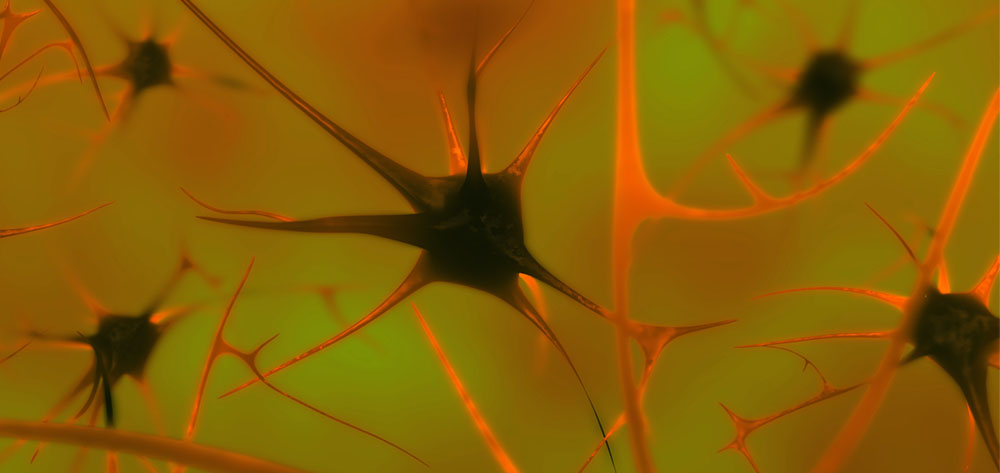Nina Robbins, age 36, is admitted to the medical unit with pyelonephritis. She states she has had a fever above 102° F, back pain, vomiting, and painful urination for the last 24 hours. Her urinalysis reveals bacteria. Admitting vital signs are blood pressure (BP) 140/82 mm Hg, heart rate (HR) 124 beats/minute, respiratory rate (RR) 28 breaths/minute, and arterial oxygen saturation (Spo2) 94% on room air. In the emergency department, she received ciprofloxacin 400 mg I.V. You note that Ms. Robbins was diagnosed with myasthenia gravis 8 months ago and takes pyridostigmine 60 mg P.O. every 6 hours to improve muscle strength. But because of her nausea and vomiting, she has missed the last two doses.
History and assessment hints
Two hours after Ms. Robbins’ admission, you enter her room to administer a pyridostigmine dose and find she has right eyelid ptosis and her head is drooping. She is diaphoretic, cyanotic, and drooling out of the corner of her mouth. You take her vital signs: BP 155/96 mm Hg, HR 138 beats/minute, RR 32 breaths/minute and shallow, and Spo2 88% on room air. Worried she might be having a myasthenic crisis brought on by her infection and missed pyridostigmine doses, you activate the rapid response team (RRT) and ask the charge nurse to call the patient’s neurologist.
On the scene
When the RRT arrives, you help them position Ms. Robbins with her head up, insert a nasal airway, and apply an oxygen face mask connected to a 10 L/minute flowmeter. When her neurologist learns about the situation, he asks the respiratory therapist to place the patient on a bilevel positive airway pressure (BIPAP) machine to assist ventilation. He orders a STAT dose of injectable pyridostigmine 2 mg I.V. and transfers her to the intensive care unit (ICU).
Outcome
In the ICU, Ms. Rollins is stabilized on BIPAP and treated with plasmapheresis to remove circulating autoimmune antibodies until her antibiotic therapy is completed and her pyelonephritis resolves. Her pyri- dostigmine regimen is restarted, with doses given every 4 hours. After 7 days in the ICU, she is transferred back to the medical unit for 48 hours and then discharged home, with instructions to follow up with her neurologist.
Education and follow-up
The neurotransmitter acetylcholine is responsible for muscle contraction. In myasthenia gravis, an autoimmune disease, antibodies block or destroy acetylcholine at the neuromuscular junction, causing muscle weakness and fatigue. The disease is treated with drugs that inhibit acetylcholinesterase, the enzyme that destroys acetylcholine. This inhibition makes more acetylcholine available to bind with receptors, improving muscular strength. Pyridostigmine, the most commonly prescribed acetylcholinesterase inhibitor, typically is given as 30 to 60 mg every 4 to 8 hours. Many factors can precipitate a myasthenic crisis, in which the muscles that control breathing weaken to the point that ventilation becomes inadequate. The most common cause is infection. Other triggers include anti-biotics (such as aminoglycosides and fluoroquinolones) and antiarrrhythmic agents (such as beta blockers and calcium channel blockers). On discharge, you teach Ms. Robbins to take pyridostigmine on time. If she misses a dose within an hour of the next scheduled dose, she should take the missed dose, then take the next scheduled dose on time, and continue with the other doses as prescribed. You caution her not to take a double dose. You also instruct her to seek medical attention if she experiences any illness that could decrease desired medication effects and to seek immediate medical attention if she has trouble breathing or swallowing. Advise her to provide an accurate medical history to all caregivers and emphasize the importance of adhering to the dosage schedule. For Ms. Robbins, the nurse’s ability to connect the dots—from missed pyridostigmine doses to respiratory failure caused by myasthenic crisis—helped prevent a catastrophic outcome.
Laura Mcilvoy is an associate professor at Indiana University Southeast in New Albany, Indiana. (Names in this scenario are fictitious.)


















